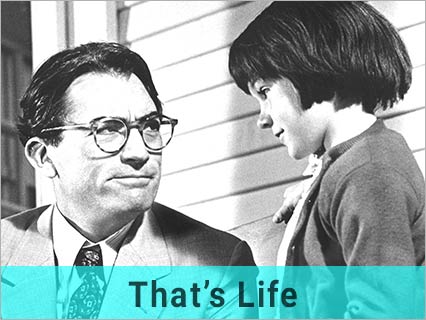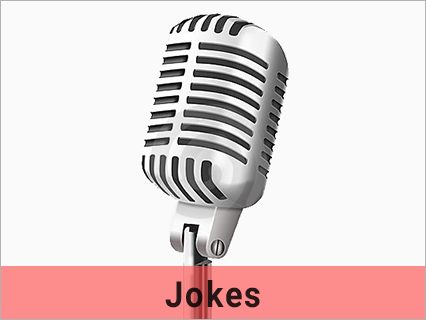The ‘old v young ‘advertising war…
06 Jun 2025
Dear LPG readers,
Have you noticed just how many advertisements imply all sorts of things that catch the attention of the younger generation? I recently read a 2022 online article that states less than a quarter of the ads that cost the most to produce feature us oldies.
No wonder they do not have such an influence on us older people. Most people that LPG is designed to reach are of an age group that were around when advertising was less of a science. I remember when the most critical selling point of any television advert was the price. We rarely see that star feature any more, unless we are among the insomniacs who watch those very early morning telesales channels, where they are trying to sell to you directly.
I think that advertisers have realised that, while we older people are not all the same, we are less likely to buy something on a whim, so there is less point in trying to convince us that we need the latest smartphone, window cleaning gadget, or pet tracking device. We come from an age when everything you had didn't have to be the coolest-looking version.
I found it amusing to be told by my 42-year-old son that he has officially stopped changing his mobile phone every time a new version comes on the market. To me, it is ironic that it has taken him all these years to come to that conclusion, despite my having mentioned my thoughts on keeping up with technology many times over the past 20 years.
Many of today’s advertisements focus on the fashion or convenience aspect of what is being sold, and the celebrity endorsement aspect is also essential. However, I wonder how many of the celebrities who advertise these products use the products themselves? The other thing that intrigues me is the numerous scientific and statistical facts that are true but imply much more than the facts they state. It is easy to miss the point due to the subtle use of language. I am talking about the soaps and cleaners that claim to get rid of 99% of germs while the implication is that whatever is being washed will look 99% clean and, of course, the many products that profess do a job with ‘up to’ 99% effectiveness without mentioning what percentage they are coming ‘down from’.
Many of the adverts we see today cost thousands to produce, and the cost of getting one aired on television is no laughing matter either. Things are no longer made for durability because manufacturers have realised that if they work too well and last too long, we punters won’t go back to get another one. It is accepted that today’s modern consumer will get a new one rather than fix the one that is broken and sadly, as we get older, even though we are accused of hoarding when we try to keep our old gadgets working, getting things fixed is becoming more inconvenient then getting a new one; often because of the lack of repair specialists and the prices they charge these days.
It is refreshing to see the resurgence of the online second-hand culture, which generally appeals to the youngsters before they get involved with marriage and children. As this current generation of youngsters grows into settling down, that will stay with them.
Like everything else in the world, we, its population, will always have to work at finding the right balance.
I suppose we oldies will have to keep throwing our younger people those subtle hints to remind them that new is not always best…
TF, Penge







